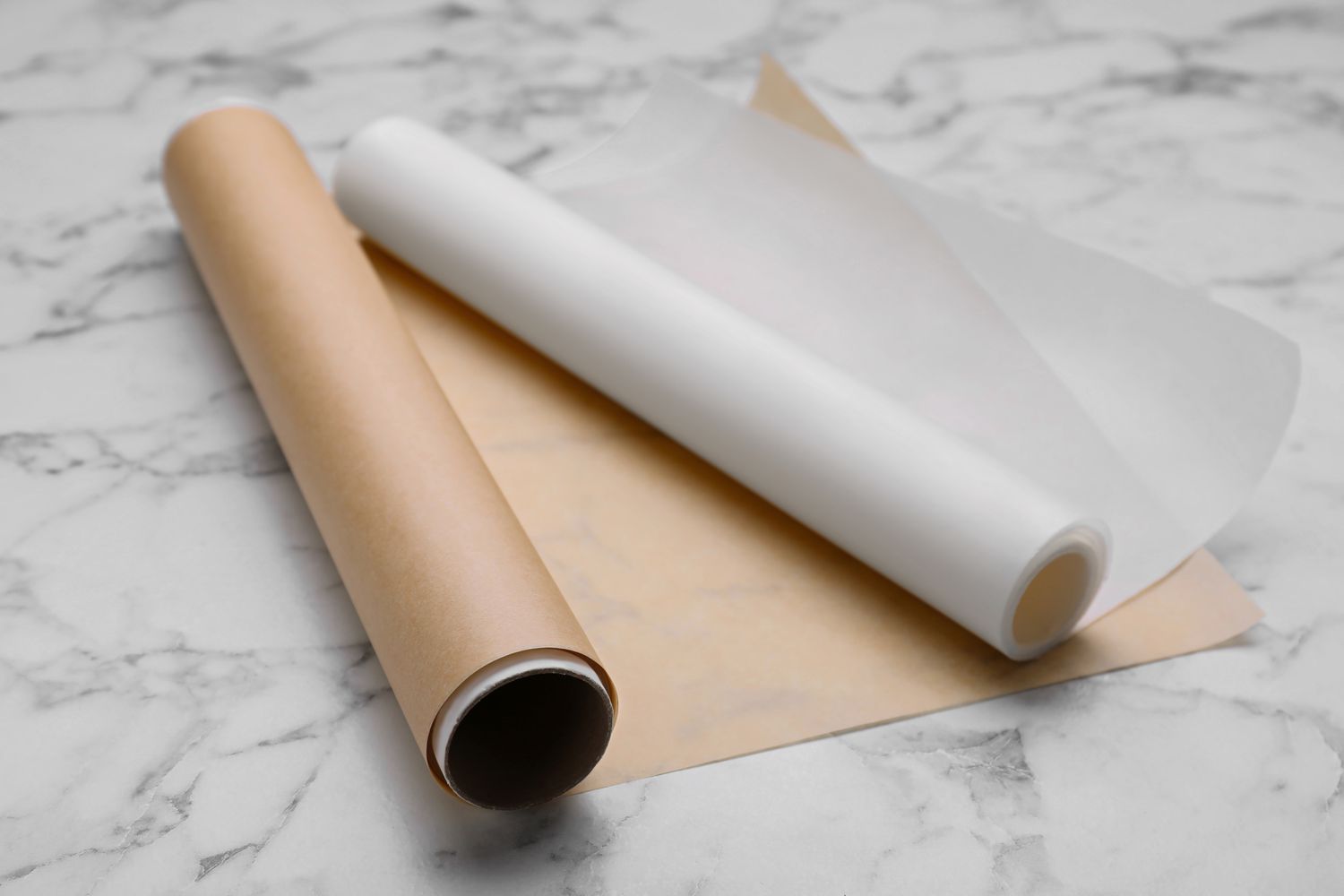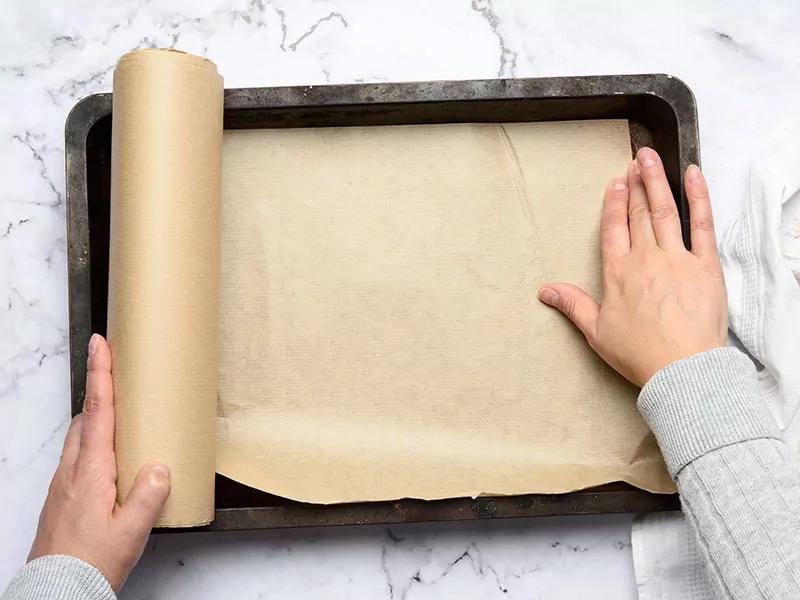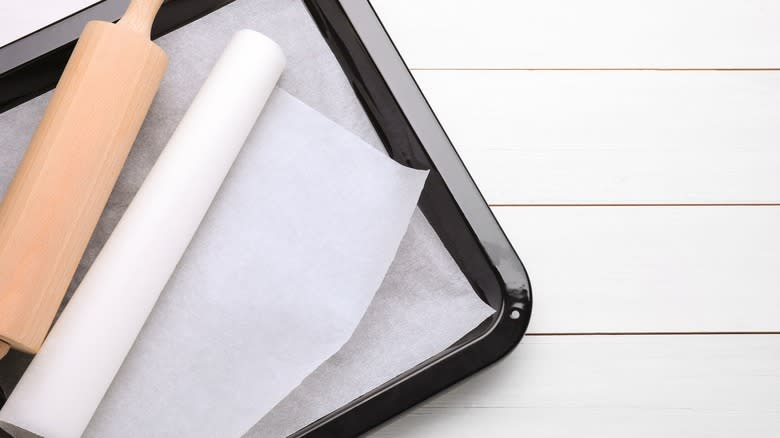How to Choose the Right Parchment Paper for Your Needs

Strong 8k brings an ultra-HD IPTV experience to your living room and your pocket.
Parchment paper is a versatile tool in both baking and cooking, offering a wide range of uses from lining baking sheets to wrapping food for storage. However, not all parchment paper is created equal. With various types available, it’s essential to choose the right one for your specific needs. This guide will help you understand the different types of parchment paper, their benefits, and how to select the best option for your culinary adventures.
What is Parchment Paper?
Parchment paper is a cellulose-based paper that is treated with an acid to give it a non-stick surface and heat resistance. It is commonly used in baking, cooking, and food preparation. Unlike wax paper, which is coated in wax and not heat-resistant, parchment paper can withstand higher temperatures, making it ideal for baking and roasting.
Types of Parchment Paper
When selecting parchment paper, it’s important to understand the different types available on the market. Here are the most common types:
1. Unbleached Parchment Paper
Unbleached parchment paper is made from natural fibers and is free of chlorine bleaching. This type is often preferred by health-conscious consumers since it avoids any potential chemicals from the bleaching process. Unbleached parchment is typically brown and has a slightly rougher texture, which can be beneficial for achieving a crispy crust in baked goods.
2. Bleached Parchment Paper
Bleached parchment paper is treated with chlorine, giving it a bright white appearance. While it may look more appealing, some consumers prefer to avoid it due to concerns about chemical exposure. However, it is still suitable for baking and can provide a slightly smoother surface, which may be beneficial for delicate baked goods.
3. Silicone-Coated Parchment Paper
Silicone-coated parchment paper is treated with silicone to enhance its non-stick properties. This type is particularly useful for baking sticky items like cookies or caramel, as it allows for easy release without the need for additional grease. Silicone-coated parchment paper is also more durable and can often be reused several times, making it an environmentally friendly option.
Key Features to Consider
When choosing parchment paper, there are several key features to consider:
1. Heat Resistance
One of the primary functions of parchment paper is to withstand high temperatures. Most parchment papers are rated for use at temperatures up to 425°F (220°C). However, some specialty papers can handle even higher temperatures. If you plan to use parchment for high-heat roasting or baking, check the product specifications for its heat resistance.
2. Size and Dimensions
Parchment paper comes in various sizes, from pre-cut sheets to rolls. If you frequently bake large items like cakes or pizzas, a roll may be more convenient, as you can cut it to the desired size. Conversely, pre-cut sheets can save time and effort, especially for smaller baking projects.
3. Non-Stick Properties
The non-stick quality of parchment paper is crucial for successful baking. While all parchment papers have some degree of non-stick properties, silicone-coated options often perform best. If you’re baking sticky items, such as meringues or brownies, opt for silicone-coated parchment paper to ensure easy removal.
4. Eco-Friendliness
For environmentally conscious consumers, consider the source of the parchment paper. Unbleached options are generally more eco-friendly since they do not undergo chemical bleaching. Additionally, some brands offer recyclable or compostable parchment paper, which can help reduce waste.
Common Uses for Parchment Paper
Understanding the various applications of parchment paper can help you determine the right type for your needs. Here are some common uses:
1. Baking
Parchment paper is most commonly used in baking. It prevents sticking, making it easier to remove baked goods from pans. It’s ideal for cookies, cakes, and pastries. Additionally, lining baking sheets with parchment paper can help distribute heat evenly, resulting in better baking outcomes.
2. Roasting
When roasting vegetables or meats, parchment paper can help with cleanup while preventing food from sticking to the pan. It also allows for easy removal of roasted items, ensuring they retain their shape and texture.
3. Steaming
Parchment paper can be used to create a makeshift steaming pouch for fish, vegetables, or other delicate items. By folding the parchment into a pouch and sealing it, you can steam food in the oven without additional cookware.
4. Food Storage
Parchment paper is also useful for wrapping food for storage. It can help keep items fresh and prevent freezer burn when wrapping meats or baked goods for freezing. Just ensure that the parchment paper is properly sealed to keep air out.
Tips for Using Parchment Paper
Here are some practical tips to make the most of your parchment paper:
1. Grease the Paper
Even though parchment paper is non-stick, a light coating of cooking spray or oil can further enhance its performance, especially for sticky recipes. This can be particularly helpful when baking cakes or brownies.
2. Cut to Size
If you’re using a roll of parchment paper, measure and cut it to fit your baking sheets or pans. This ensures that the paper doesn’t hang over the edges, which can cause burning.
3. Reuse When Possible
Silicone-coated parchment paper can often be reused several times. After use, simply wipe off any residue and store it for future baking. However, avoid reusing parchment paper that has been heavily stained or damaged.
4. Store Properly
Keep your parchment paper in a cool, dry place to prevent it from becoming damp or damaged. If you’re using a roll, store it upright to avoid creasing.
Where to Buy Parchment Paper
Parchment paper is widely available in grocery stores, kitchen supply shops, and online retailers. When shopping, consider purchasing from trusted brands to ensure quality. Reading customer reviews can also help you gauge the performance of different products.
Conclusion
Choosing the right parchment paper can greatly enhance your baking and cooking experience. By understanding the different types, key features, and uses of parchment paper. Whether you're baking cookies, roasting vegetables, or wrapping food for storage, the right parchment paper will make your culinary tasks easier and more enjoyable. With the tips provided in this guide, you’ll be well-equipped to make an informed choice and achieve successful results in your kitchen.
Note: IndiBlogHub features both user-submitted and editorial content. We do not verify third-party contributions. Read our Disclaimer and Privacy Policyfor details.







